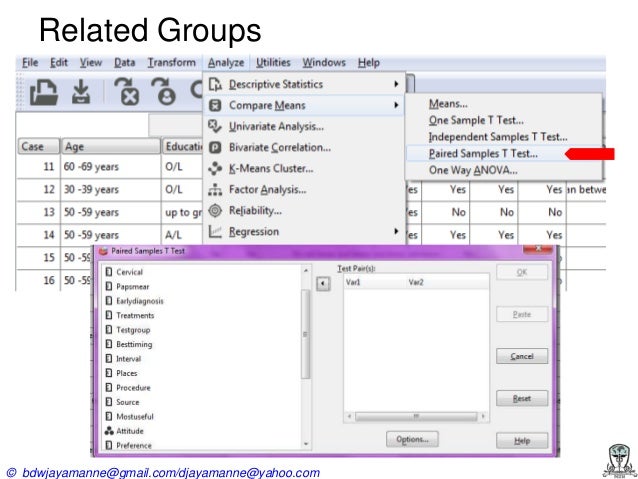
- Pg commander psql version how to#
- Pg commander psql version install#
- Pg commander psql version free#
There are a handful of interactive features in pg_top that can be accessed while it is running. The list includes the pid, priority, the nice amount, resident memory used, the state of the connection, the number of cpu seconds used, cpu percentage, and the current command the process is running. The information about swap space used, if any.Ī list of processes connected to the database, including any autovacuum type of internal processes.
Pg commander psql version free#
The total size of the database disk, as well as how much free space. The activity for Input Output on the system, showing how many reads and writes per second, as well as the amount read and written per second. The stats for database activity such as the transactions per second, number of rollbacks per second, buffers read per second, buffers hit per second, number of rows read per second, and rows written per second. The total amount of memory used, free, in buffers and cached. The statistics of the CPU, showing the percentage load for user, system, and idle, nice information as well as iowait percentages. The total number of database processes connected, with a number of how many are running and how many are sleeping. The total amount of time the system has been online since the latest reboot. Like the standard top command, this load average for 1, 5, and 15 minutes intervals. When launching pg_top, we see a display with quite a bit of information. To run pg_top on a remote host, the flag -r or –remote-mode is required, and the pg_proctab extension installed on the host itself: pg_top -r -h 192.168.1.20 -p 5432 -d severalnines -U postgres What’s on the screen To run pg_top on a local database host: pg_top -h localhost -p 5432 -d severalnines -U postgres Launching pg_top is the same as the unix / linux style ‘top’ command itself, along with connection information to the database. The tool itself can help shed light on all processes currently connected to the database.

Once installed, pg_top works as a very accurate real time view into the database it is monitoring and using the command line to run ‘pg_top’ will launch the interactive PostgreSQL monitoring tool. This will provide any version desired, even newer builds that are not yet in the official releases. If desired, pg_top can be installed via source from the PostgreSQL git repository.

Pg commander psql version install#
Gentoo based distros: # sudo apt-get install pgtop Source

Red Hat based distros: # sudo yum install pg_top Package Managersīased on the distribution of linux in question, search for pgtop or pg_top in the package manager, it’s likely available in some aspect for the installed version of PostgreSQL on the system. The most recent version as of this article is 3.7.0. Installing pg_top can be done in the generally expected ways: package managers and source install. Much like the linux command ‘top’, running it brings the user into a live interactive display of database activity on the host, refreshing automatically in intervals.
Pg commander psql version how to#
In previous articles, we’ve discussed how to Get to the Source when PostgreSQL is acting slow, but when the source is specifically queries, basic level monitoring may not be enough for assessing what’s going on in an active live environment.Įnter pg_top, a PostgreSQL specific program to monitor real time activity in a database, as well as view basic information for the database host itself.

Applications connect and issue queries so quickly, it’s hard to see what’s going on or even get a good overview of the performance of the system other than the typical developer complaining ‘things are slow, help!’ kind of requests. Monitoring PostgreSQL can, at times, be like trying to wrangle cattle in a thunderstorm.


 0 kommentar(er)
0 kommentar(er)
